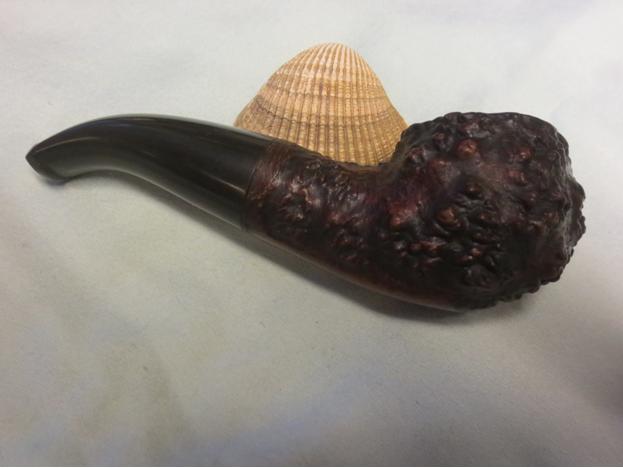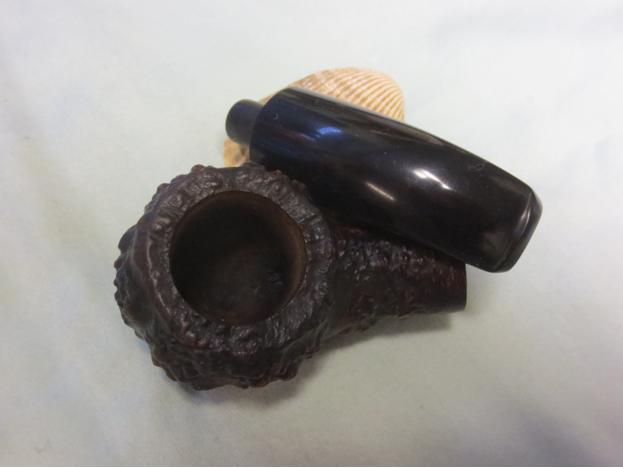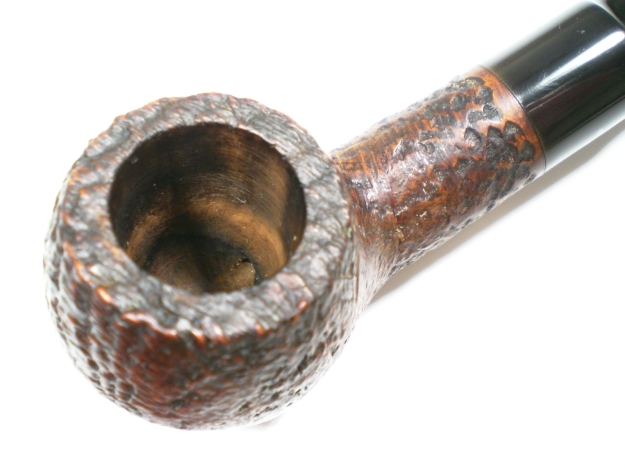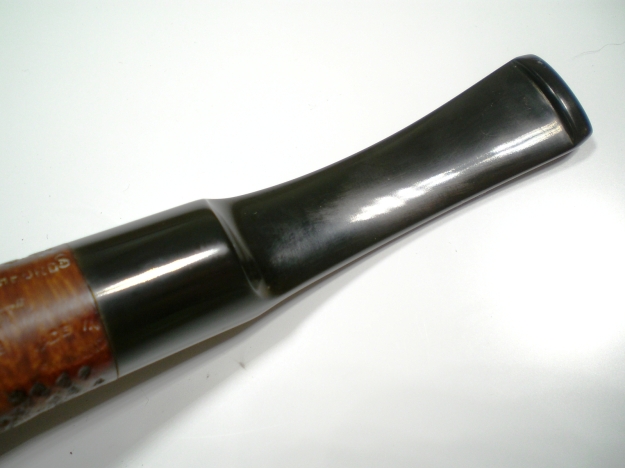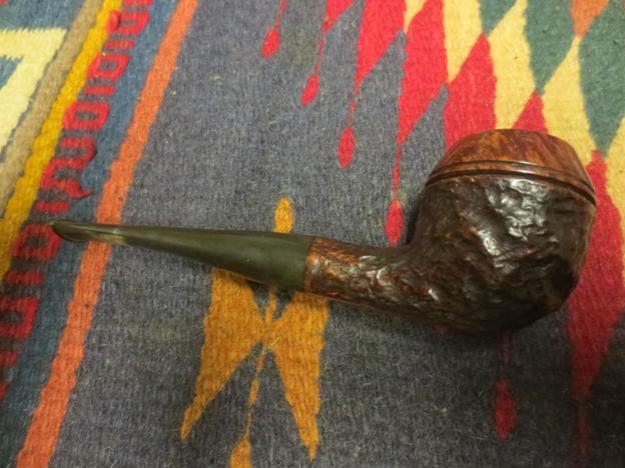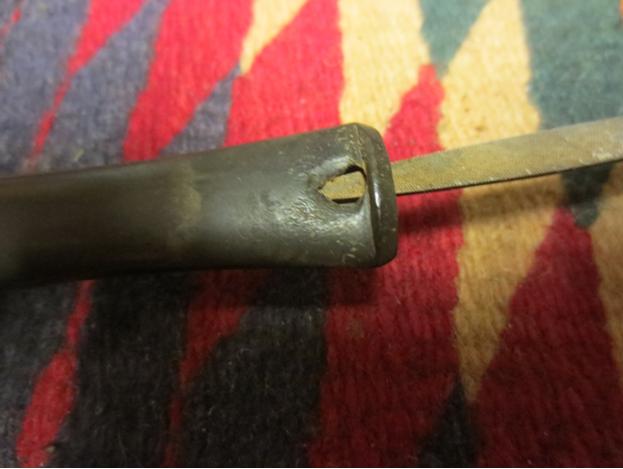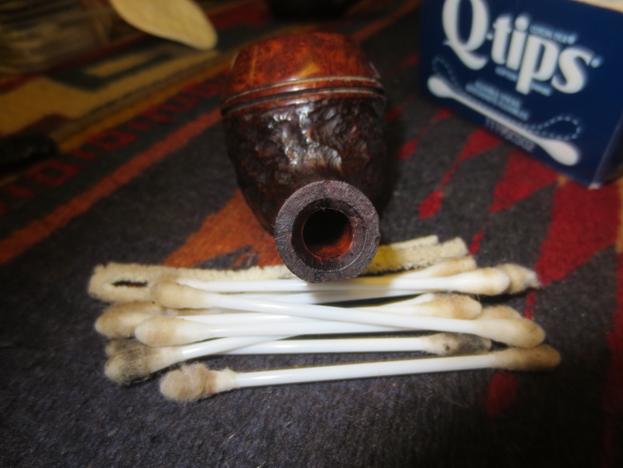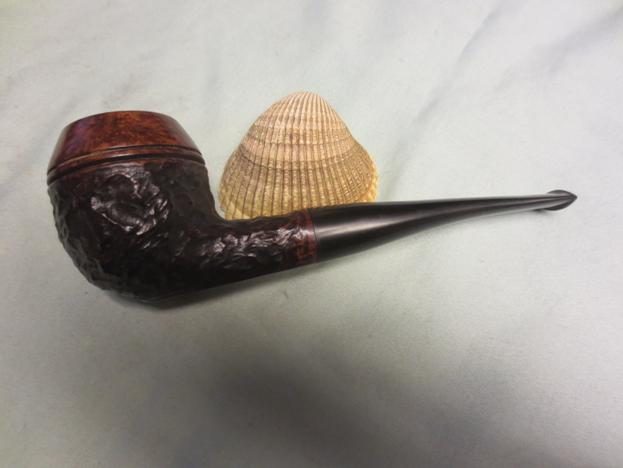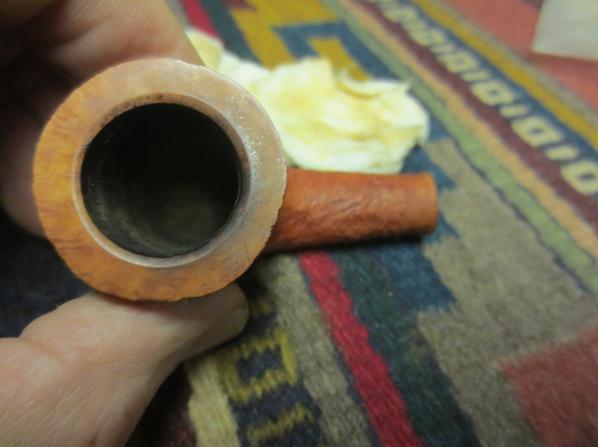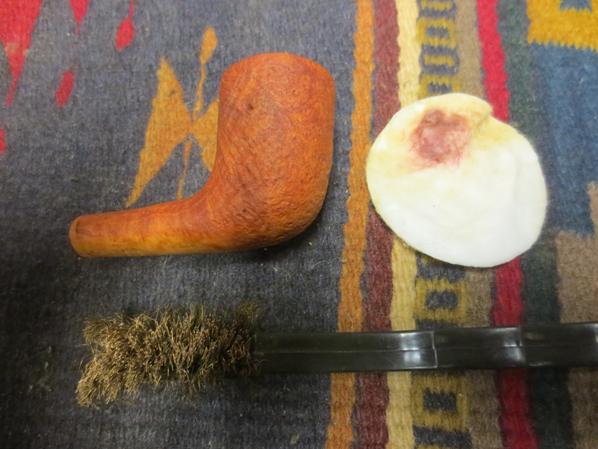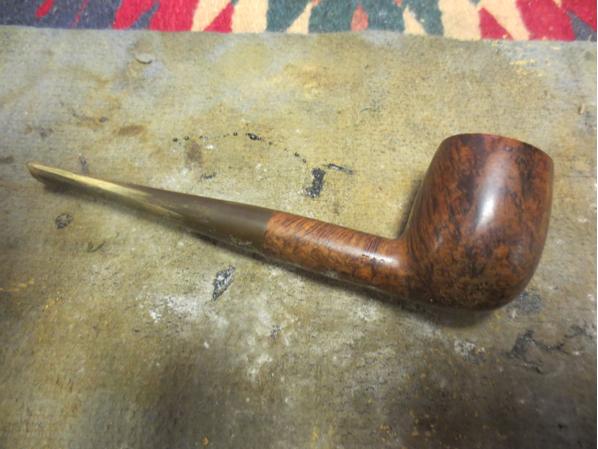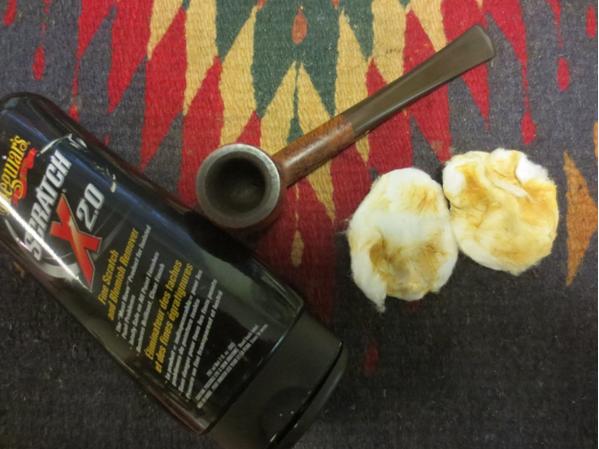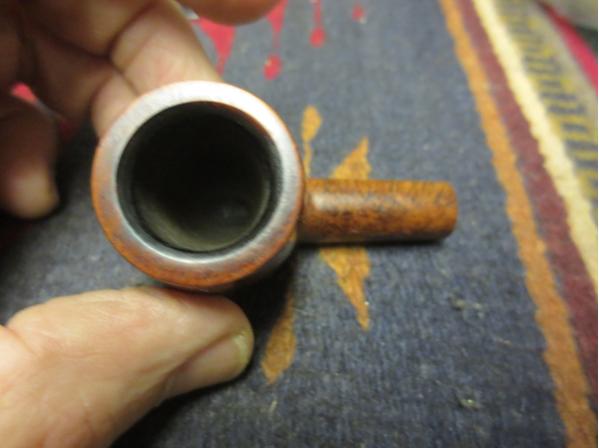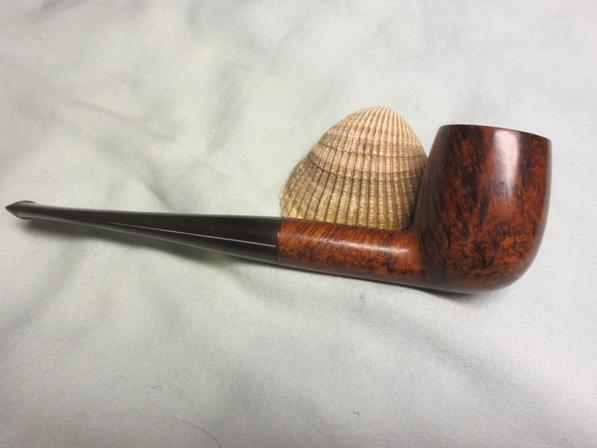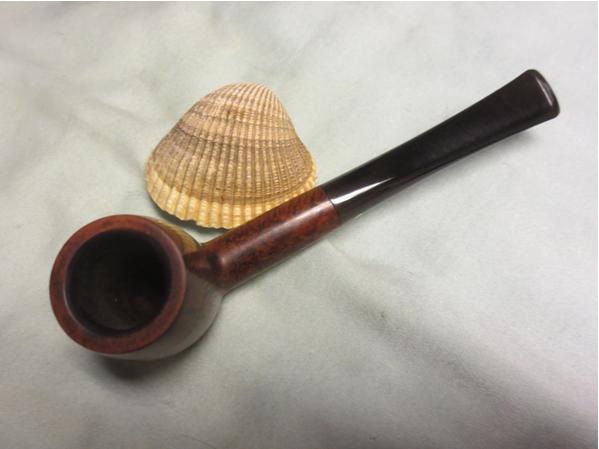Blog by Steve Laug
When I was in Idaho my brother gave me a bag of reamers that he had picked up on Ebay and also one that I had purchased. They are shown in the photo below. From left to right they are as follows: an unused Yello-Bole Self-Adjusting Reamer; two Cook’s Pipe Reamers that are stamped with the name over Ansonia, Connecticut over Made in USA; a smaller Bryco #1169 Hong Kong Reamer; an adjustable Kaywoodie Reamatic Pat. Pending and two British Buttner reamers that are stamped Gt Britain over Tool Steel Hardened and Ground Edges. Both of the Buttner reamers have Patent Apd 29243/45 stamped on the handle near the cutting blades. With the pipes my brother had purchased and those we found while in Idaho I was able to use all of these reamers but the Yello-Bole. I thought I would take a few words to document the various reamers and how they worked.
With the pipes my brother had purchased and those we found while in Idaho I was able to use all of these reamers but the Yello-Bole. I thought I would take a few words to document the various reamers and how they worked.
I had never used the Cook’s Reamers or the Bryco Reamer before so to have three of them to use was a unique experience. The Cook’s Reamers and Bryco Reamers are the same reamer. They are one piece of metal that is shaped like a handle with two flattened blades. They act like a spring against the walls of the bowl when inserted. In the centre of each of them a screw is inserted with an adjustable nut. This nut can be turned to adjust the width of the spread of the two blades as it is used. The difference lies in the metal – the Cook’s are made of steel while the Bryco seems to be a softer material. The spring on the Cook’s is very tight and hard while that on the Bryco is very soft and easy to squeeze together. Both work the same way in a bowl. They are inserted either by squeezing and pushing into the bowl or screwed tight and adjusted out until the fit is snug. They are then turned and the blades cut away the cake in the bowl. They worked really well with lightly caked pipes and soft caked pipes and not so well with thick hard cakes.

 The Kaywoodie Reamatic Pat. Pending Reamer was in excellent shape – basically unused. Its limitation is pretty straight forward – it seems to be designed to fit one bowl size which I assume is standard in Kaywoodie pipes. I expected the tool to be adjustable from the name and unless it is stuck I am unable to adjust it. There is some movement to accommodate a straight U shaped bowl or a more conical bowl but the width is the same. The blades are sharp and the tool works well on the set bowl size. It makes a good clean cut on the bowl and easily removes the cake. The top nob on the remove turns and once removed reveals a long poker for cleaning out the shank of a pipe.
The Kaywoodie Reamatic Pat. Pending Reamer was in excellent shape – basically unused. Its limitation is pretty straight forward – it seems to be designed to fit one bowl size which I assume is standard in Kaywoodie pipes. I expected the tool to be adjustable from the name and unless it is stuck I am unable to adjust it. There is some movement to accommodate a straight U shaped bowl or a more conical bowl but the width is the same. The blades are sharp and the tool works well on the set bowl size. It makes a good clean cut on the bowl and easily removes the cake. The top nob on the remove turns and once removed reveals a long poker for cleaning out the shank of a pipe.
I did a bit of research with Google and found the photo on the left of the leaflet that was included in the boxed reamer. It is hard to read but I think the details are as follows. A. Removable Plunger Knob unscrews to reveal a 2 ½ long Shank Pick. B. Plunger Stem Depresses to activate cutting blades. C. Knurled Plunger Grip gives positive leverage. D. Self-Adjusting Cutter Blades made of stainless steel. Litho In USA. This leaflet gave me what I needed to use the tool well. I would never have known about how the various parts worked.
The British Buttner Reamers are not new to me. I have used these for years and they are a good work horse reamer to keep the caked tamed in the bowl. They work well in a moderately to lightly caked bowl but are pretty useless in a thick caked estate bowl. They are adjustable and can be used in either a conical or U shaped bowl with ease. If you don’t have one I suggest you pick one up for the regular maintenance of your bowl.
The unopened Yello-Bole Reamer has some interesting marketing phrases on the package. It reads New! For Pipe Smokers! on the top of the package. Directly under that is the usual Yello-Bole stamping. It follows with the title Self-Adjusting Reamer and $1.49 in a circle. On the sides of the reamer the package reads Fits All Pipe Bowls and Chrome Plated Steel Handle. Underneath the reamer it reads Tempered Steel Blades Never Need Sharpening. Then in small print is written – Distributed by Yello-Bole Sundries Co. Brookhaven, NY 11980 Made in Japan. I am very tempted to open the package and give the reamer a try but have not done so yet.
All in all these are some nice additions to my reamer collection. They are all new or barely used to they come to me in great shape.

















